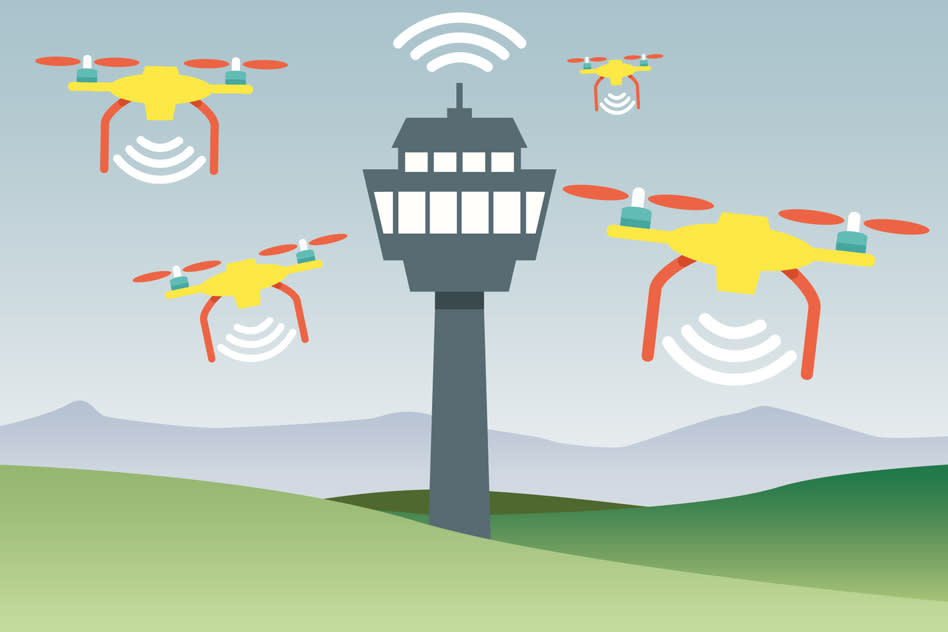MIT algorithm ensures drones get the freshest data possible
Drones and self-driving cars need the most up-to-date information possible to avoid crashes.
Consider a group of drones that have to constantly exchange information on their position in order to avoid colliding with one another. Or a smart car that needs up-to-the-millisecond sensor data to avoid crashing into objects, other cars or people. While current networks are designed to send a lot of information quickly, they do not manage how fresh that information is. Researchers at MIT are digging into this issue and have created an algorithm that can help optimize how fresh the data is on a simple wireless network.

"If you are exchanging congestion information, you would want that information to be as fresh as possible," said MIT's Eytan Modiano in a statement. "If it's dated, you might make the wrong decision. That's why the age of information is important."
In essence, the researchers found a way to calculate an "index" for each node on a given wireless network, like a single drone in a fleet of them sending data to a central server. The index tracks the freshness of the transmitted data, the reliability of the channel it's sending information across and the priority of the specific node. A higher index value means that node will have priority when transmitting data; index values can change dynamically or be weighted for specific nodes, like an expensive or faster drone. The team hopes to test its algorithm on radio networks and to develop algorithms for more complicated networks.





